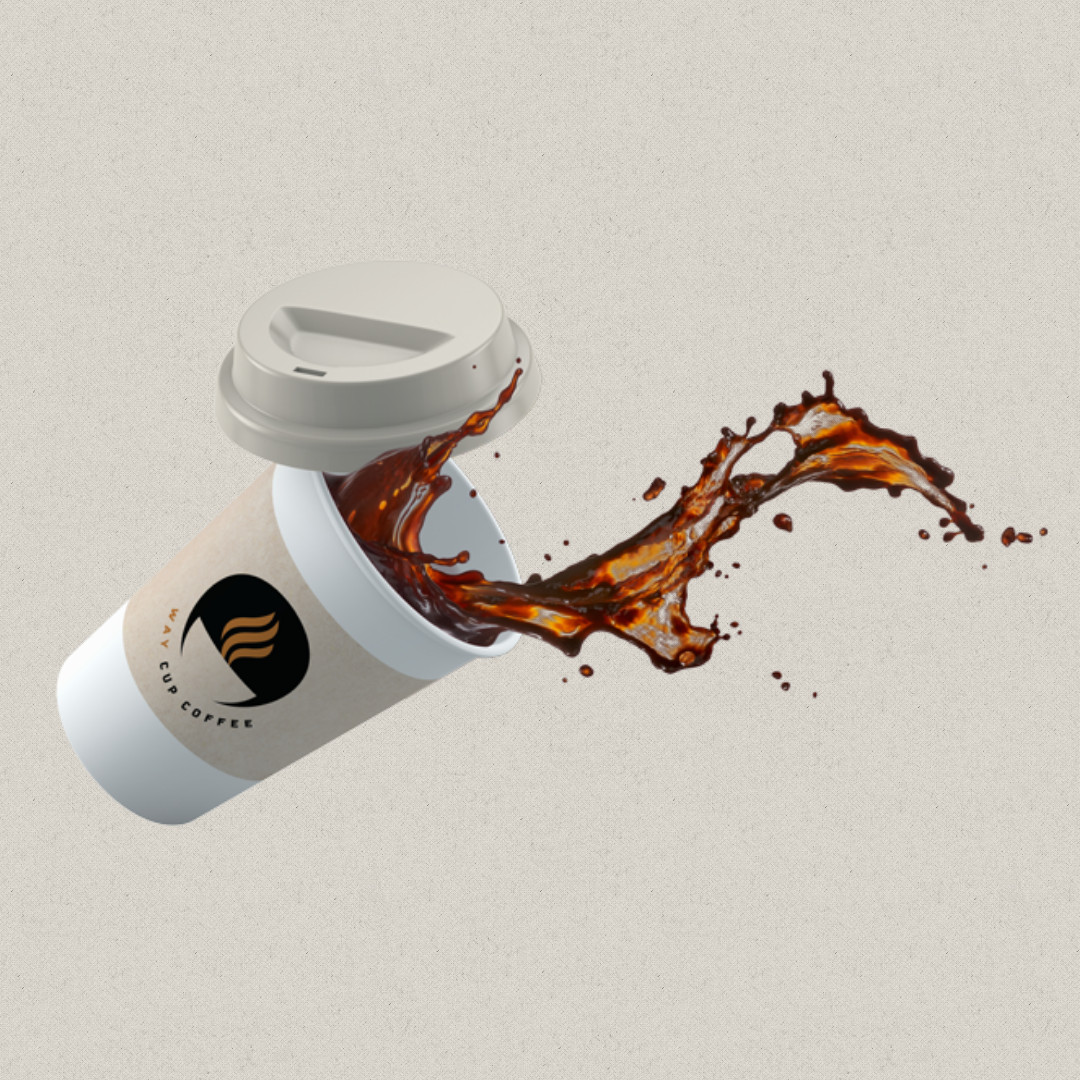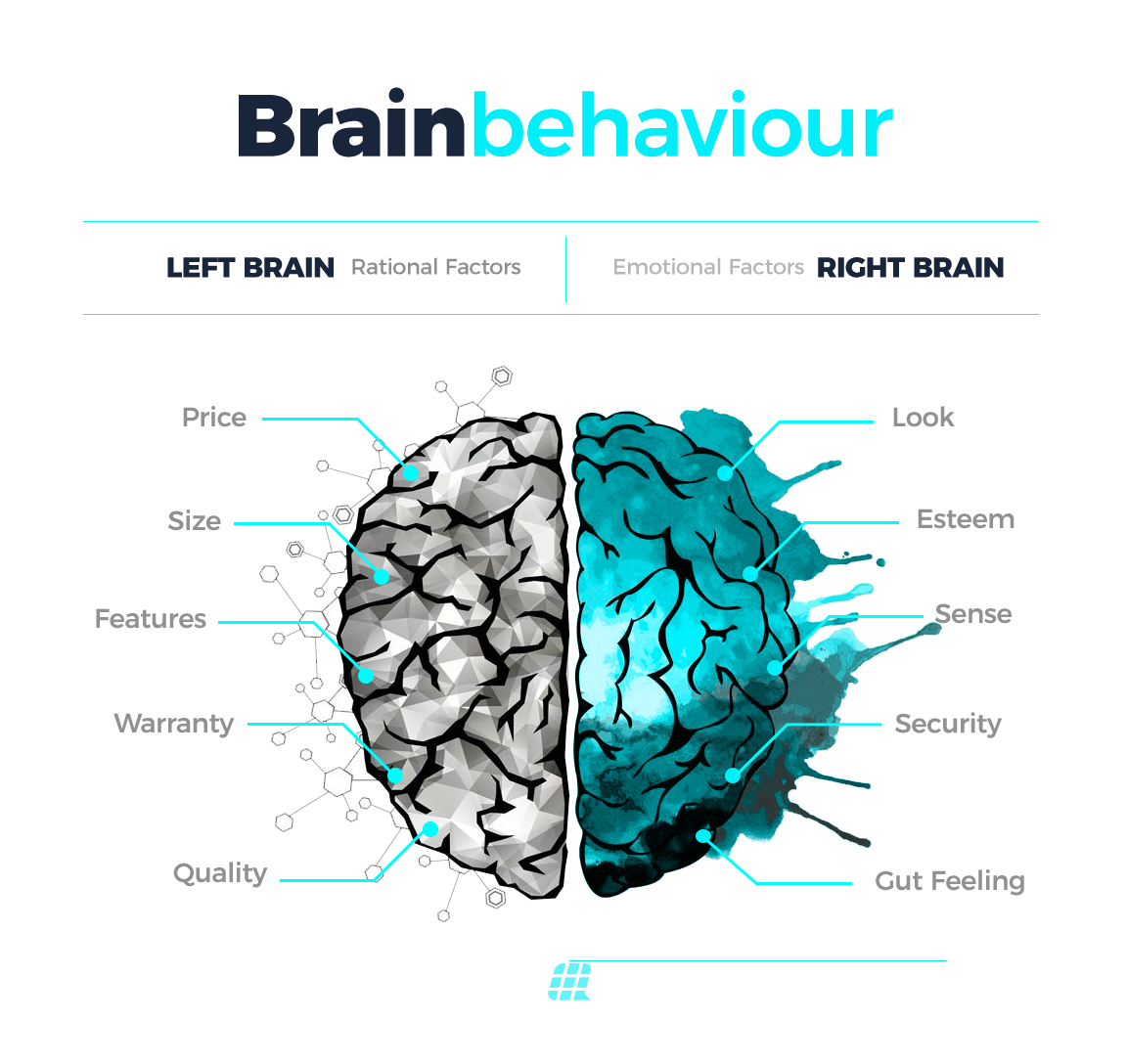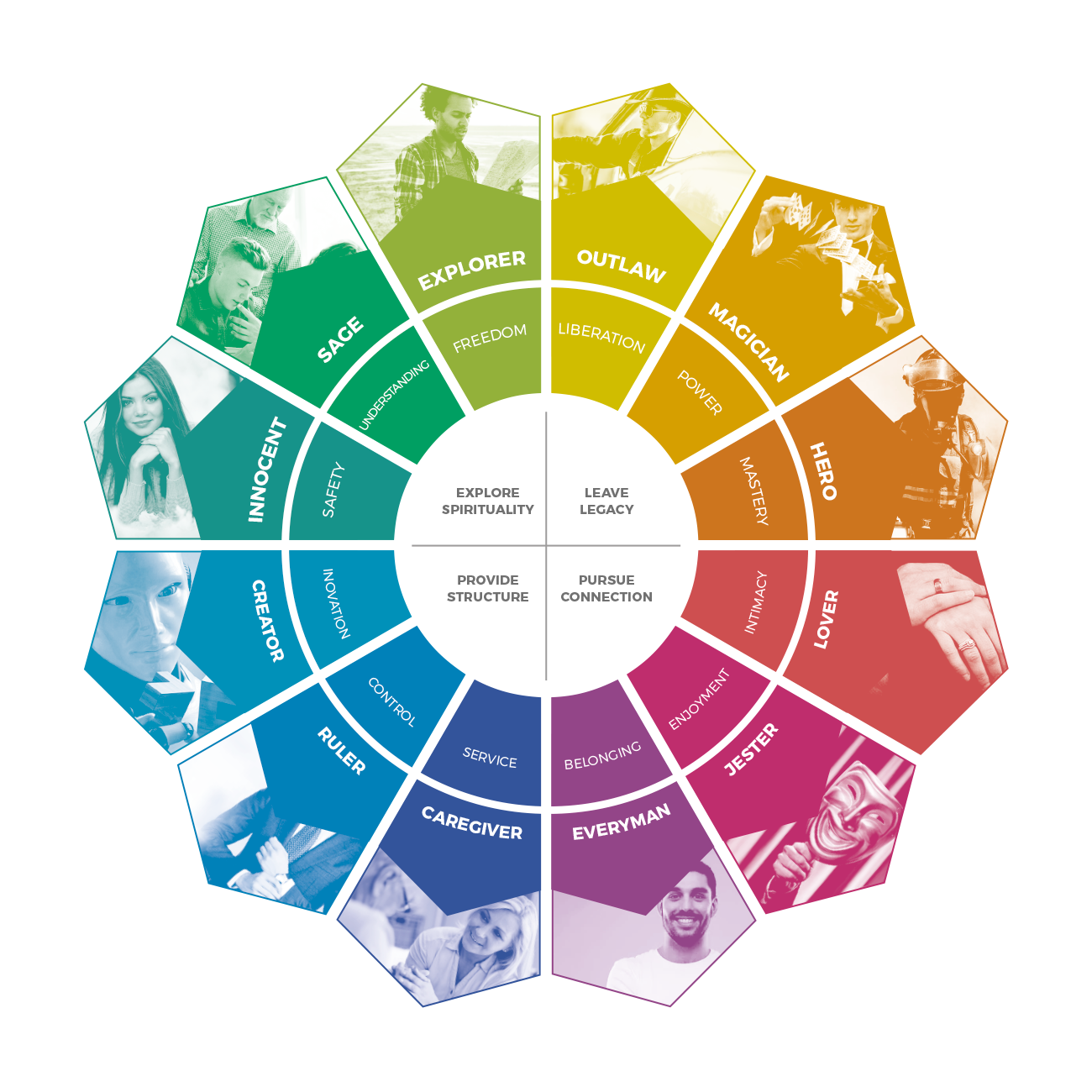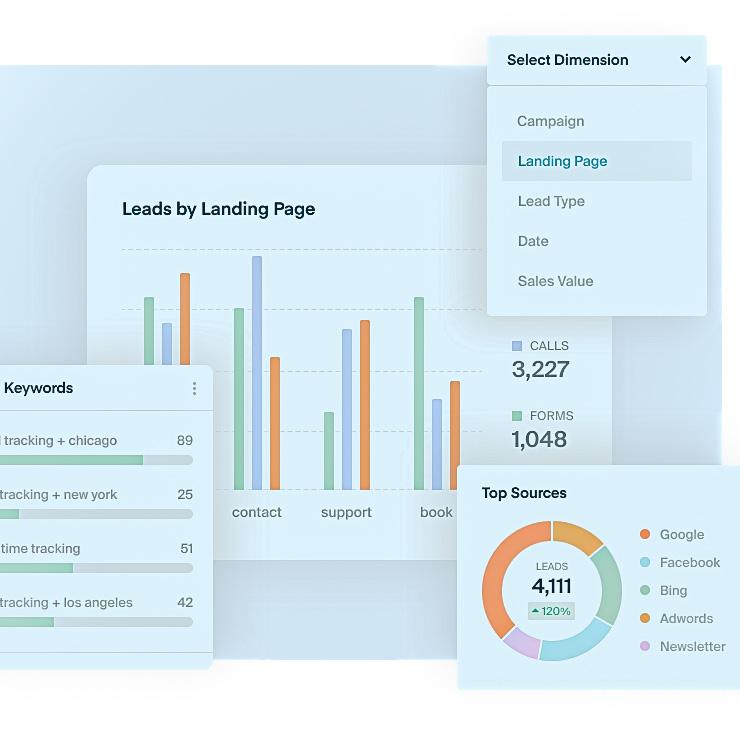Not every brand win comes from a major campaign or bold rebrand. Sometimes, the moments that matter most are the ones most businesses overlook—the tiny, blink-and-you’ll-miss-it interactions that quietly build trust, connection, and brand love.
At Lytron, we call these micro-moments. And if you know how to use them, they can transform passive visitors into loyal fans.
Let’s explore how small touches—like a witty 404 page or a warm confirmation email—can speak volumes about who you are and how much you care.
What Are Micro-Moments, and Why Do They Matter?
Micro-moments are those quick, seemingly insignificant interactions between your brand and your audience. They’re the touchpoints that live in the margins:
- The tone of your chatbot
- The animation occurs when a form is submitted
- The message on your “Out of Office” autoresponder
- Even the copy on a thank-you page after a purchase
Most brands treat these as filler. But smart brands? They see these moments as creative opportunities to reinforce identity, personality, and emotional connection.
These are the places where your brand becomes human.
Infusing Archetype Voice into Every Touchpoint
Every brand has a tone of voice, but not every brand uses it consistently. Micro-moments are the perfect place to make sure your brand archetype shines, even when you’re not “selling.”
– An Explorer brand might use adventurous language on their loading screen: “Hold tight—we’re charting your path!”
– A Creator brand might have a 404 page that reads: “This page doesn’t exist yet… but imagine if it did.”
– A Caregiver brand might send a support ticket email that says: “We’re already working on this, because your peace of mind matters.”
When every piece of your brand experience—even the smallest—is speaking with the same emotional tone, trust grows faster and deeper.
Tips to Optimize Your Micro-Moments
– Audit the Gaps
Make a list of all the places your users interact with your brand: from tooltips to post-purchase emails. Then ask: Are these moments aligned with who we are?
– Inject Intention, Not Just Information
Instead of “Thank you for your message,” how about: “We’ve got your message—and your back. A real human will reply soon.”
– Surprise and Delight
Micro-moments are a chance to surprise your audience. A little animation. A clever line. A kind word. These things feel small, but leave lasting impressions.
– Let Your Archetype Lead
Use your brand’s archetype as the lens for rewriting every micro-touchpoint. It’s not about being clever everywhere—it’s about being consistent everywhere.
How Lytron Helps Brands Build Trust in the Details
At Lytron, we help clients zoom in. We work through customer journeys and uncover the hidden micro-moments that can make or break a brand’s credibility. From reworking mundane form messages to rewriting help-center auto replies, we turn tiny interactions into tiny victories—each one reinforcing what makes your brand you.
One of our clients saw an unexpected spike in email responses just because we rewrote their auto-reply to sound warm, encouraging, and aligned with their brand tone. That’s the power of small things done well.
Every Moment Counts
Your brand is a sum of experiences, and the micro ones? They’re where loyalty often begins.
Follow @lytron.us to explore more ways to elevate the hidden parts of your brand experience.
Because in a noisy world, it’s not always the loudest voice that stands out.
It’s the one that shows up—thoughtfully, consistently, and even in the smallest of moments










